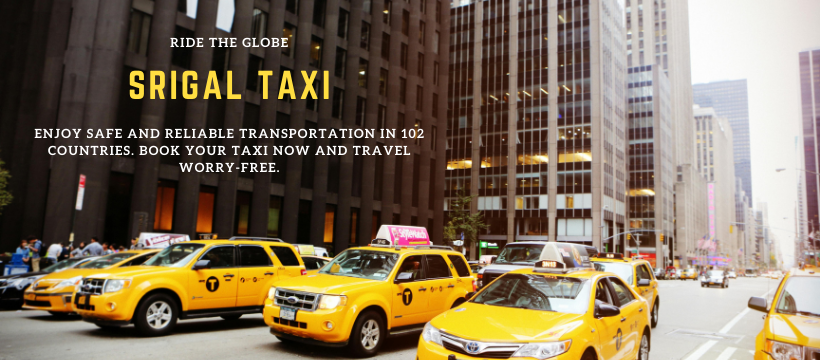
Masoala National Park is in northeast Madagascar. It is the largest of the island’s protected areas. This site is in the Sava Region, with a part of it located in Analanjirofo.
The authority created it in 1997. It protects 2,300 square kilometers of rainforest. It also protects 100 square kilometers of marine parks. The Masoala Peninsula is diverse.

Its large size and variety of habitats cause this. Altogether, the park protects tropical rainforest, coastal forest, flooded forest, marsh, and mangrove.
Besides, three marine parks have safe coral reefs and a dazzling array of marine life. This area of Madagascar is exceptionally wet.
More Information About Masoala National Park
The driest part of the year is from September to December. The park is only accessible by a three-hour boat journey. It is best to avoid visiting during the cyclone season.
There are ten lemur species. The red ruffed lemur is native to the peninsula. The island reserve of Nosy Mangabe is the best site to glimpse the elusive nocturnal aye-aye.
Masoala harbors many other species. These are the Madagascar day geckos and the leaf-tailed geckos. They are also chameleons of all sizes.
There are also the helmet vanga and rare species like the red owl and tomato frog. Masoala is also home to the day-flying sunset moth, Chrysiridia rhipheus.
The Madagascar serpent-eagle was recently become visible here. It exists in healthy populations only in this part of northeast Madagascar.
Masoala Park includes three marine parks. Tampolo is in the West, Ambodilaitry is in the South, and Ifaho is in the East.
These are some of Madagascar’s most diverse marine environments. They are excellent for kayaking and snorkeling.
Hundreds of humpback whales visit Antongil Bay each year from July to September. The bay’s warm waters are an ideal breeding and calving ground for these marine mammals.
Masoala achieved recognition as a World Heritage Site in June 2007. It is part of a cluster of parks known collectively as the Rainforests of the Atsinanana.
These parks represent the biodiversity of the country’s eastern rainforests. The other national parks included are Marojejy, Zahamena, Ranomafana, Andringitra, and Andohahela.
During 2009 and 2010, thousands of illegal loggers invaded the national park. They were searching for rosewood. The habitats you are likely to come across here are wide-ranging.
They include flooded forest marshlands, coastal forests, and mangroves. These habitats teem with life. They provide a fascinating look at the island’s many natural wonders.
The rugged park landscape is famous for marine parks and pristine rainforests. It establishes this site as a good choice for exploration.
With fewer visitors and a larger area, it is possible to enjoy nature in isolation. It is also one of the few places in Madagascar where the rainforest meets the sea.
Arguably, it has the most unique variety of circuits among all the national parks. The circuits of this area are also exhilarating.
Keen divers and marine enthusiasts should consider the reserve of Tanjona. They should also visit Ambodirafia and Marofototra, which all offer fantastic swimming opportunities.
The coral reef system has a vibrant array of colorful fish. Snorkelers and divers can access it. Stunning beaches are there to explore once back on dry land.
Masoala Forest Lodge
Masoala Forest Lodge is accessible only by foot or by sea. It provides complete exclusivity in a remote corner of Masoala Park.
This lodge accommodates a maximum of 14 guests. This perfect, intimate lodge gives entrance to some rare, native species.
It also offers miles of beaches along the coast. The stilted wooden platforms elevate the seven luxury palm-thatched tree houses.

It provides uninterrupted views of the forest canopy and sea. It also allows visitors to experience the forest from the perspective of the lemurs.
The private en-suite bathrooms have hot water. Each tent also has a veranda with uninterrupted forest views and a hammock for lounging.
- LAKE ANOSY: AN AMAZING AREA IN MADAGASCAR
- LAKE ALAOTRA: A BEAUTIFUL SPOT IN MADAGASCAR
- PARC IVOLOINA: A BEAUTIFUL PLACE IN MADAGASCAR

A Bangladeshi entrepreneur. A person who loves nature, a web developer, and the founder of Srigal and Nehrin.